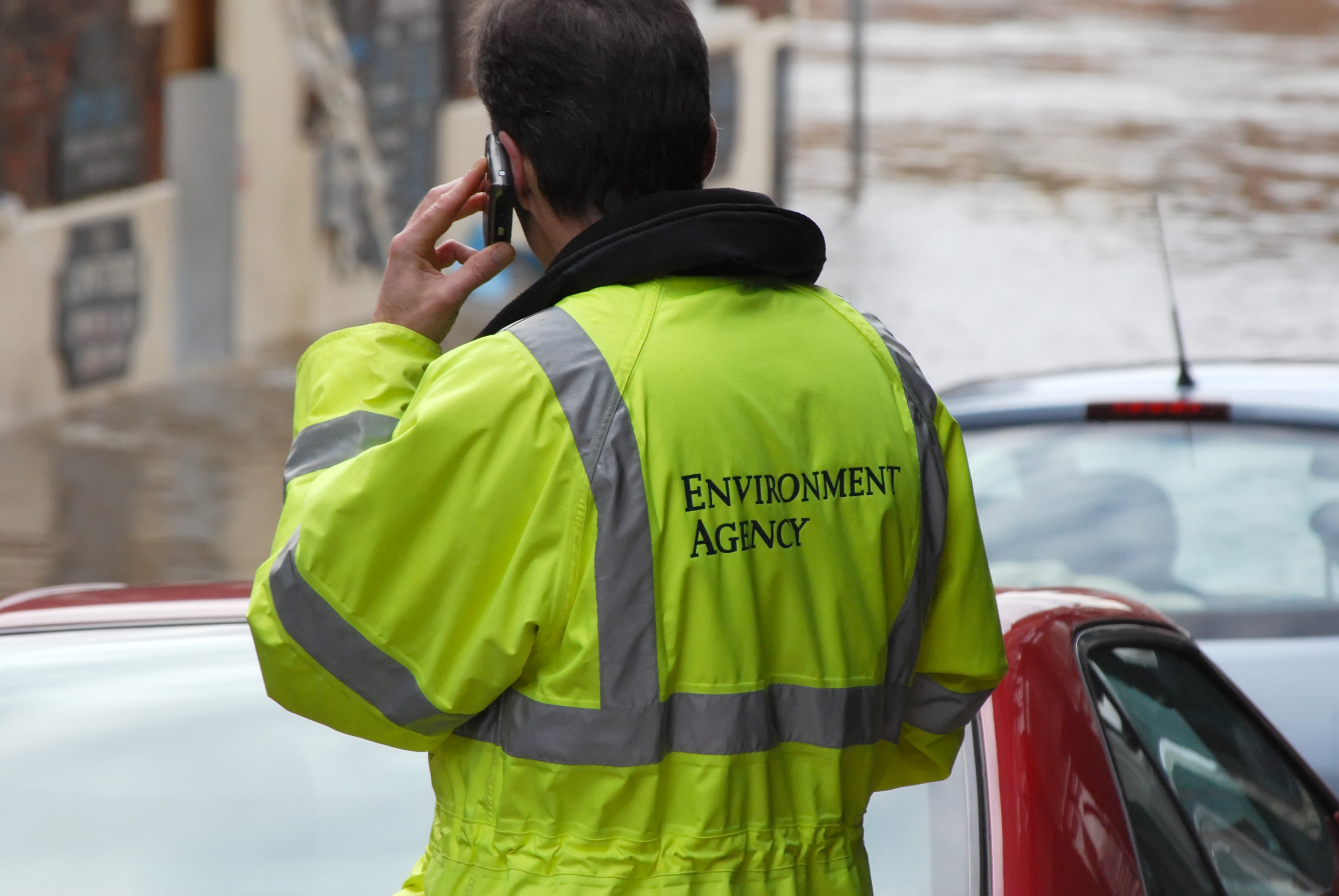The Environment Agency has chosen CACI’s Cygnum system to support its flood management response teams. With more than 7,000 staff members with incident roles, the Environment Agency has to balance long term incident response preparation with short term workforce scheduling in responding to incidents immediately. CACI are shaping Cygnum to meet these very specific requirements to underpin the Environment Agency’s response to floods.
To begin with, Cygnum is a long-established workforce management solution which is utilised by organisations such as Transport for London, the Care Quality Commission and Network Rail. It is deployed by organisations with large workforces to handle scheduling, training and competency management, either as a standalone solution or as part of a wider technology ecosystem.
Understanding the skills, experience and training of employees, assessing them, recording their results and ensuring the right people are in the right place at the right time is Cygnum’s remit.
What the Environment Agency needs for its flood management response
The Environment Agency needs a system to support its incident management responses. Such incidents vary from pollution to flooding, with its staff volunteering for two roles: duty roles, where they are on call 24/7 for one week in every eight and; incident activated where they are only called upon during active incidents. The Environment Agency works closely with other agencies such as the Met Office to help forecast flooding incidents. This helps to manage staffing numbers and understand where and when incidents are most likely to occur.
Staffing is only one facet of incident response at the Environment Agency, though. When responding to an incident such a flood, there is also the need for a lot of equipment. The severity of the incident must be decided upon and the response activated. In a live environment, this can also need to be scaled up or down. Being able to call upon specialist equipment and appropriate operators in real time is essential.
How Cygnum has been shaped to assist with flood management
Cygnum has long supported organisations in workforce management. This covers scheduling, competency management and training, with all three being interlinked. You need to schedule staff, you need to know that they’re appropriately skilled, qualified and experienced (competent) for the tasks they’re being scheduled to and you need to assess their performance, provide ongoing training where necessary and upskill staff from within. That’s a very high level overview of workforce management.
The unique challenge with the Environment Agency for Cygnum is in overlaying the scheduling of equipment onto tasks. Similarly to scheduling people, you need to know that equipment is fit for purpose.
In an incident response scenario, the equipment is unlikely to be in the same location as the people. What equipment is needed to respond to an incident? Who has the skills to operate the equipment? Where is the equipment and where are the staff who can operate it? Is it in use anywhere else? Then there are other factors such as repairs and servicing. Having an accurate and complete overview of equipment, similarly to staff, is essential in effective incident response.
Bringing schedules and availability together
Environmental incidents require urgent action, so it’s vital to be able to bring together the schedules and experiences of staff with the availability and suitability of equipment. Quickly.
In creating an incident management response framework, Cygnum has to overlay these two areas. This provides transparency and, crucially, accurate real-time information on the availability of staff and tools.
This facilitates decision making appropriate to the level and nature of an incident. Rather than manually searching records and locating items piecemeal, informed decisions can be made from a central screen. From this, actions can be determined and mapped out.
This helps to reduce human error, since rules can be established to prevent an action from being implemented in the event that either the staff member or piece of equipment is unsuitable for the task.
For example, if someone is on site somewhere else or a piece of equipment has been damaged in its last usage, neither are appropriate for the task at hand. Having immediate oversight of this prevents assumptions and errors.
Building your system around you
Every organisation has different, bespoke requirements when it comes to managing their workforce and responding to incidents that impact upon service delivery. In delivering Cygnum, we are always working in close partnership with organisations to ensure that their individual needs are met.
This means no two implementations are the same, but allows us to work with a wide array of organisations where complexity, scale and mission criticality are key. Adding incident management capability to Cygnum’s scope offers even more value to these customers.
For more information on Cygnum, please visit: https://www.caci.co.uk/software/cygnum/

